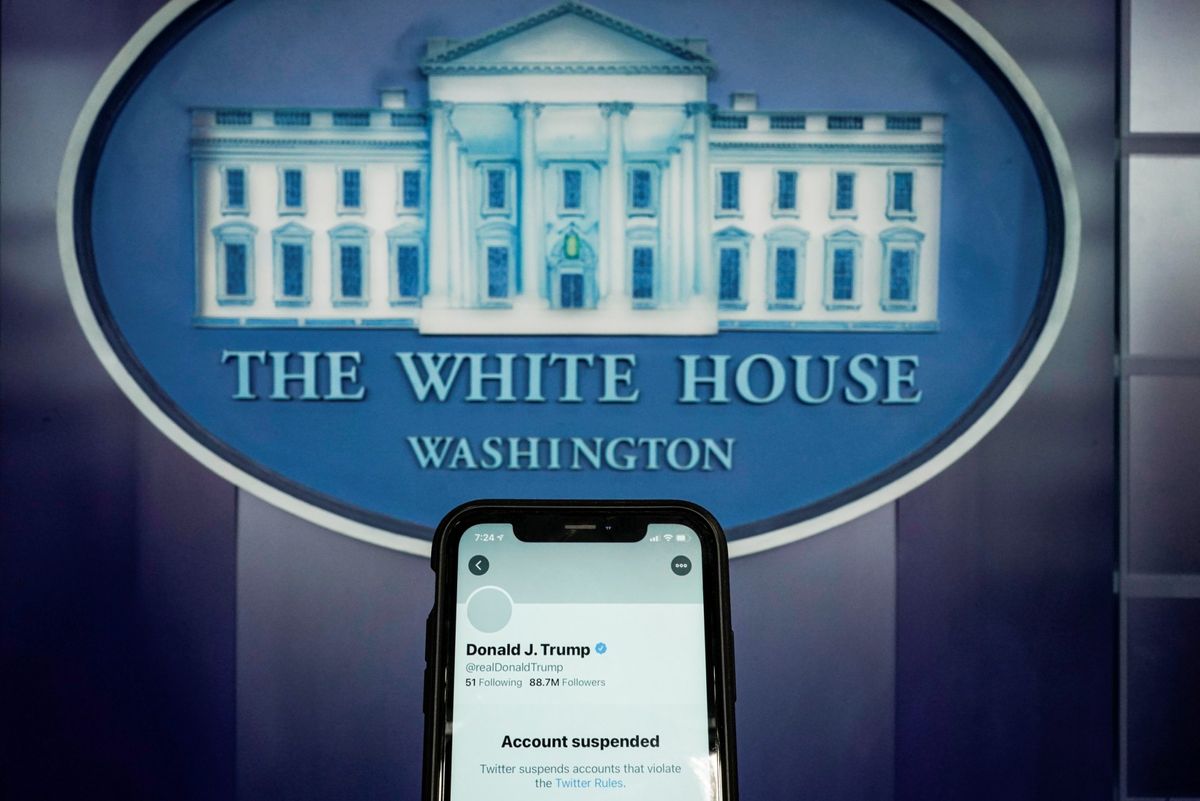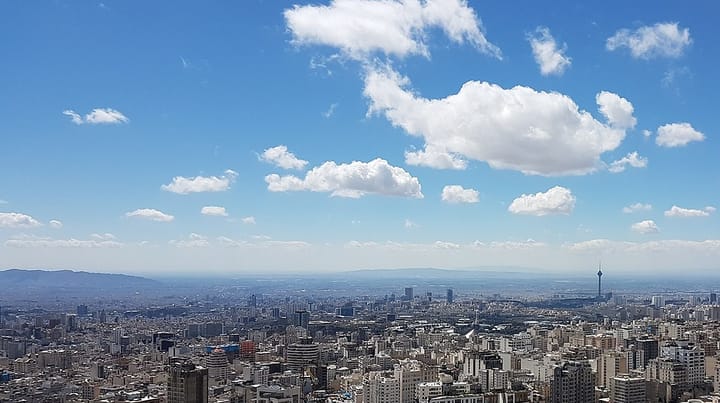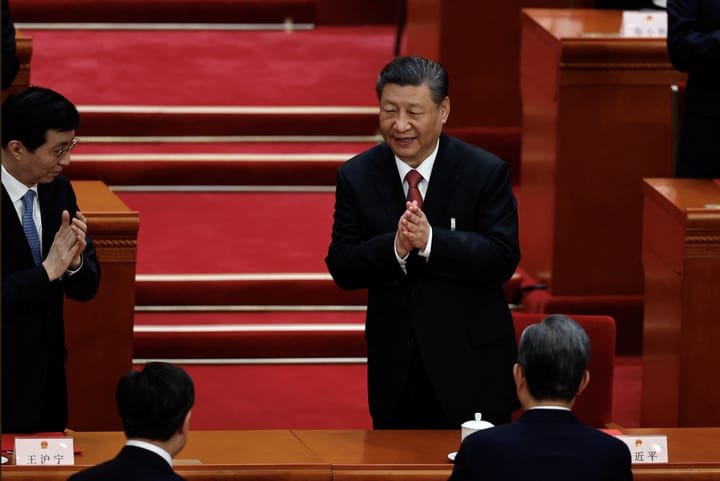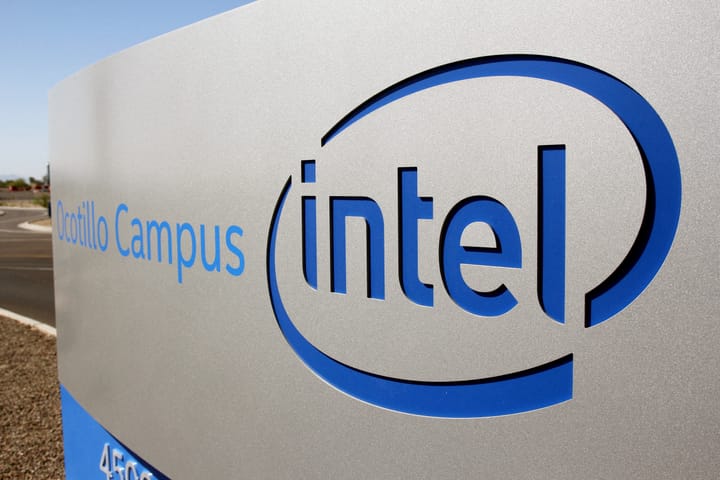After chaos at US Capitol, President Trump is frozen out of social media

A few minutes every morning is all you need.
Stay up to date on the world's Headlines and Human Stories. It's fun, it's factual, it's fluff-free.
The growing conflict between Trump and social media platforms came to a head after the disturbing events of January 6.
Every four years following a presidential election, a joint session of Congress meets to certify the electoral college vote in what is, typically, a ceremonial affair.
The events of January 6, 2021, were anything but ceremonial.
Thousands of Trump supporters gathered in Washington, DC that day for a long-planned march to “Save America.” The rally had been boosted online in right-wing and far-right circles, including by the president himself.
On December 19, 2020, President Donald Trump tweeted that there would be a “big protest in D.C. on January 6th” and that his supporters should “be there, will be wild!”
In this, at least, the president was not wrong.
During a pre-march rally, the president told the waiting crowd that “we’re going to walk down to the Capitol” and “we are going to cheer on our brave senators and congressmen and women” in objecting to the certification of the electoral college vote confirming Joe Biden as president-elect.
“Because you’ll never take back our country with weakness,” the president continued, “you have to show strength and you have to be strong.”
The president’s comments have been widely criticized for the carnage they likely helped incite on Capitol Hill that day.
But it is the president’s tweets during the chaos that led to a cascade of social media bans on a president whose tenure has been defined by his unprecedented social media presence.
Social media war
Tensions between Trump and the social media platform most tied to his political image, Twitter, have escalated over the past several months.
In May 2020, as the 2020 presidential election drew nearer, Twitter began fact-checking those of President Trump’s tweets that claimed mail-in voting was “fraudulent.”
That was just the first chapter in what would become an increasingly untenable relationship between the president and Twitter.
That same month, during protests in Minneapolis over the killing of George Floyd, a Black man, by police, the president tweeted “when the looting starts, the shooting starts.”
Twitter would place a “public interest notice” on that tweet, noting that it had violated its rules regarding the glorifying of violence. The tweet was not removed, however, but could not be liked or retweeted (without a comment).
The tweet served to foreshadow that the president was not above using the platform to stoke the anger of his supporters and directly threaten violence. Twitter, for its part, drew criticism for allowing the president to continue tweeting on the basis of its rules for world leaders.
In response to the labels Twitter places on these and other Trump tweets, the president created an “Executive Order on Preventing Online Censorship,” the purpose of which was to “defend free speech from one of the gravest dangers it has faced in American history,” according to Trump.
Before being banned from the platform entirely, the president had also recently escalated his attacks against Section 230 of the 1996 Communications Decency Act, which states that social media companies, in particular, are not liable for the “information” posted by another “content provider.”
President Trump and his supporters had targeted Section 230 for repeal in an effort to punish social media platforms for their perceived censoring of conservatives.
Final warning
The growing conflict between Trump and social media platforms came to a head after the disturbing events of January 6.
Following his “Save America” rally, the president, contrary to comments made to the crowd, headed back to the White House.
Over the next few hours, a violent mob of Trump supporters breached the United States Capitol, forced the evacuation of a joint session of Congress and took control of the US Senate Chamber.
The Capitol Hill police appeared completely unprepared to deal with the thousands of rioters and, amid the chaos, offices were ransacked and at least five deaths were connected to the events, including one Capitol Hill police officer who died from injuries sustained “while physically engaging” the rioters.
Despite the carnage that unfolded in real time on social media, television and other forms of media around the world, the president initially remained silent.
When Trump eventually did tweet, by uploading a video, his comments were deemed inappropriate and did little to dissuade the mob from violence.
In the video, the president tells the rioters that although the election was “stolen,” they should “go home.” “We love you,” he added.
Trump also told his supporters, who had stormed the Capitol, to “go home with love & in peace. Remember this day forever!”
This video was removed by Twitter, with the social media platform announcing it would suspend the president’s account for 12 hours, with any further rule-breaking likely to result in a more permanent ban.
On Friday, the president posted two tweets, one of which read “the 75,000,000 great American Patriots who voted for me, AMERICA FIRST, and MAKE AMERICA GREAT AGAIN, will have a GIANT VOICE long into the future. They will not be disrespected or treated unfairly in any way, shape or form!!!”
The president’s other tweet stated that he would not be attending the inauguration on January 20.
These tweets led to the president being permanently banned on Twitter, with the company explaining that the tweets were “interpreted as further indication that President Trump does not plan to facilitate an ‘orderly transition’” and had been “received by a number of his supporters as further confirmation that the election was not legitimate.”
In a blog post outlining the decision, Twitter claimed that this was in violation of its “Glorification of Violence Policy” and was grounds for the president’s permanent removal from the site.
Twitter is not the only platform to ban President Trump. A whole host of other social media platforms have followed suit, including Facebook.
The president’s allies, including his adult children, condemned the move. The president’s son, Donald Trump Jr., said the move to ban the president meant “free-speech no longer exists in America” and had “died with big tech and what’s left is only there for a chosen few.”
In a parallel move, the strongly pro-Trump social media platform Parler was also removed from the Apple App Store, the Google Play Store and was on the verge of being removed from Amazon’s web hosting service as well.
The banning of President Trump from social media leaves him with no online platform from which to continue his incitements of violence.
This does not mean, however, that the president will remain quiet, even after he has left office.
Have a tip or story? Get in touch with our reporters at tips@themilsource.com




Comments ()